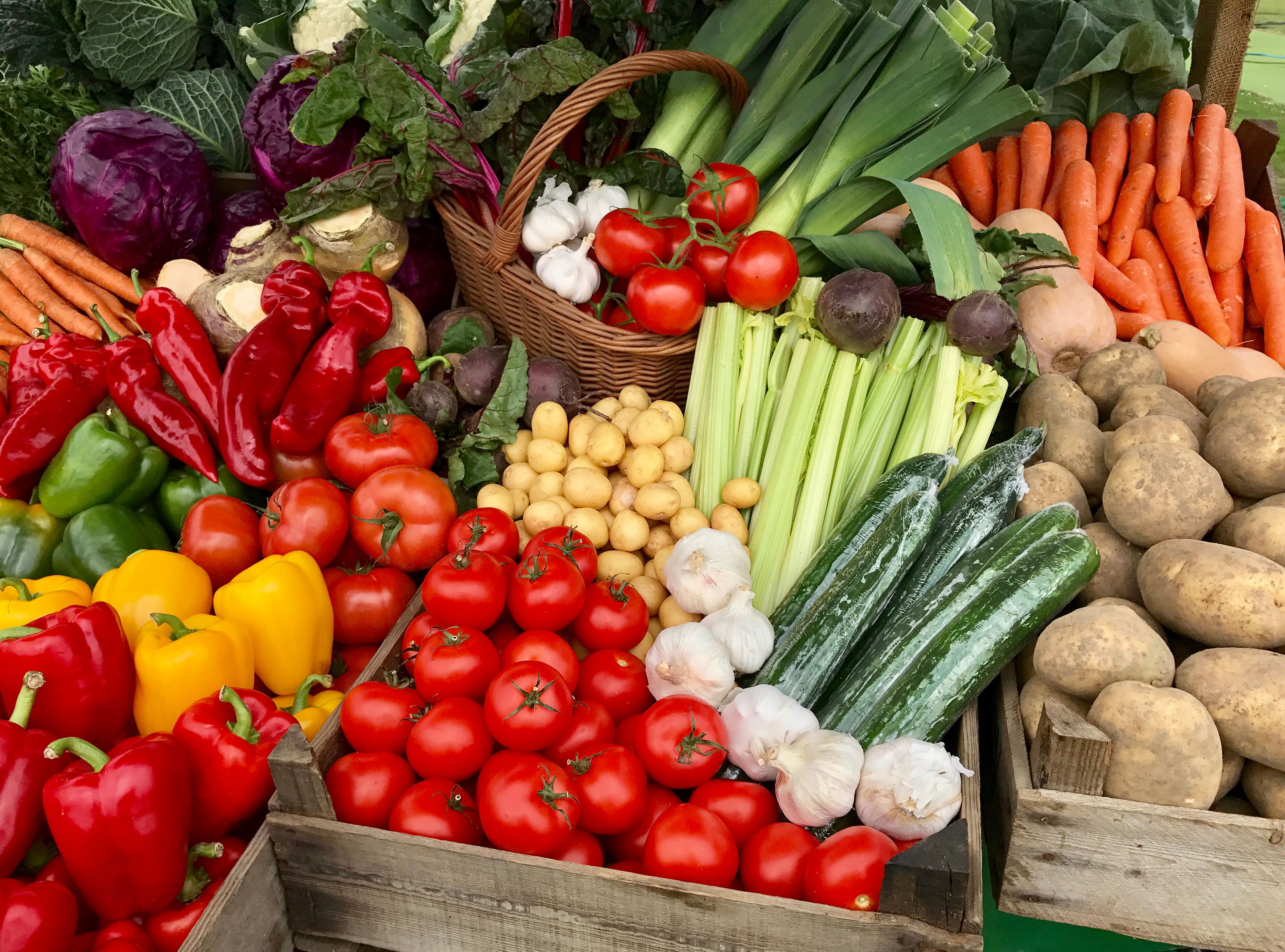Exploring the Flavors of Stir-Fry Cooking
Introduction to Stir-Fry Cooking
Stir-fry cooking is a beloved culinary technique that brings together a symphony of flavors and textures in one sizzling pan. Originating from East Asia, this method has become a global sensation, cherished for its speed, versatility, and delicious results. Whether you're a seasoned chef or a kitchen novice, stir-frying offers endless possibilities to explore.
The magic of stir-frying lies in its simplicity and the delightful combination of fresh ingredients quickly cooked over high heat. This method locks in nutrients and enhances the natural flavors of vegetables and proteins. With just a few basic principles, anyone can create a mouthwatering stir-fry dish.

The Essential Elements
Choosing the Right Ingredients
The key to a great stir-fry is selecting the right ingredients. Fresh vegetables like bell peppers, broccoli, and snap peas add vibrant color and crunch. For proteins, consider options like chicken, beef, tofu, or shrimp. The beauty of stir-fry is its adaptability; you can mix and match according to your preference or what's available in your pantry.
The Role of Aromatics
Aromatics such as garlic, ginger, and onions are the backbone of any stir-fry dish. These ingredients infuse the oil with their fragrant properties, setting the stage for the rest of the ingredients to shine. Don't hesitate to experiment with different aromatics to find your perfect flavor profile.

Perfecting the Technique
Mastering the Heat
Stir-frying requires a hot pan—typically a wok or a large skillet—to ensure even cooking and to achieve that signature sear. The high heat allows for quick cooking, which helps preserve the texture and flavors of the ingredients. Remember to keep everything moving with constant stirring or tossing to prevent burning.
Sauces and Seasonings
Sauces and seasonings are what truly elevate a stir-fry from good to unforgettable. Classic options include soy sauce, oyster sauce, hoisin sauce, and sesame oil. You can also add spices like chili flakes for heat or a splash of rice vinegar for tanginess. The key is to balance these elements to complement your chosen ingredients.
Creating Your Own Stir-Fry Recipe
Now that you know the basics, it's time to get creative! Here’s a simple guideline to help you craft your own stir-fry masterpiece:
- Select your base: Choose noodles or rice for the foundation.
- Pick your protein: Opt for your favorite meat or plant-based alternative.
- Add vegetables: Mix colors and textures for visual and gustatory appeal.
- Incorporate aromatics: Use garlic, ginger, or scallions for depth of flavor.
- Finish with sauce: Drizzle your chosen sauce over the dish for the final touch.
Conclusion
Stir-fry cooking is more than just a method; it's a culinary journey that invites exploration and creativity. By mastering a few simple techniques and experimenting with different ingredients and flavors, you can enjoy a variety of delicious meals that are as exciting to make as they are to eat. So grab your wok, unleash your creativity, and dive into the wonderful world of stir-fry!
